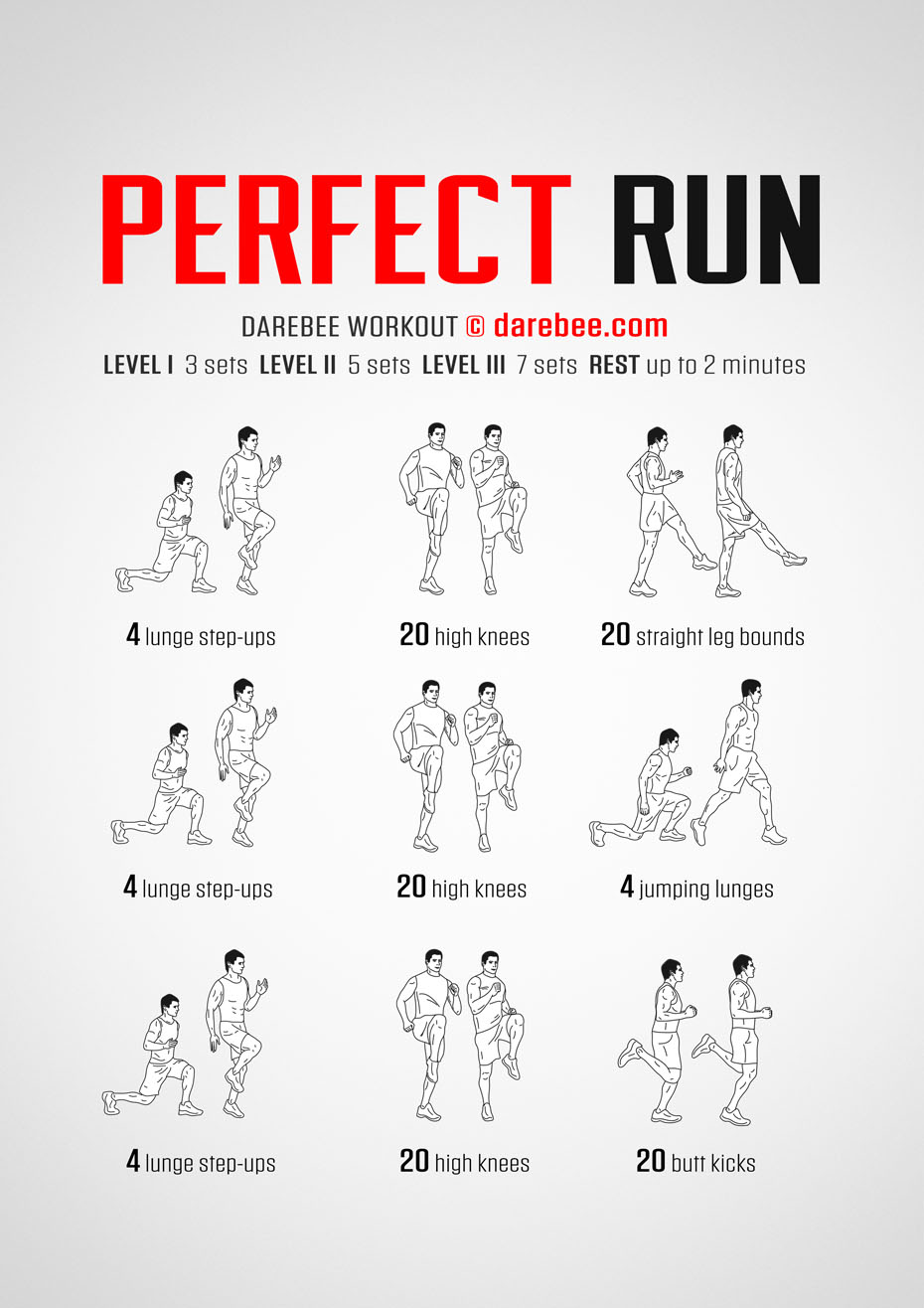Turbocharge Your Runs: Open Your Prospective with Strategic Running Workouts
Getting Rid Of Pain in Operating: Strategies and Strategies That Work
Pain is a typical companion for several joggers, often acting as a barrier to accomplishing their wanted goals. With the right techniques and methods, it is feasible to conquer and also protect against the pain associated with running. By exploring numerous methods such as comprehending the different kinds of running discomfort, optimizing footwear and type, integrating cross-training and stamina workouts, executing efficient healing techniques, and preserving appropriate nutrition and hydration, runners can possibly alleviate their pain and boost their total running experience.
Comprehending Various Sorts Of Running Discomfort

One more kind of running pain is joint pain, which can materialize as a sharp or achy pain in locations such as the knees, hips, or ankles (running workout). Joint discomfort may be created by factors like incorrect running kind, overuse, or underlying problems like arthritis (see here). It is essential to set apart between muscle soreness and joint pain, as the latter may call for clinical attention to avoid further injury
Recognizing the various kinds of running discomfort is important for reliable monitoring and prevention approaches to guarantee a safe and pleasurable running experience.
Correct Shoes and Running Form
To optimize efficiency and lower the danger of running-related injuries, choosing proper shoes and preserving appropriate running form are important components for joggers of all degrees. Appropriate footwear plays a crucial duty in supplying support, padding, stability, and protection for the feet and reduced arm or legs. It is suggested to choose running footwear that are specifically designed for the person's foot type, running stride, and the sort of running task they engage in. Getting fitted for shoes at a specialty running shop can assist make sure the right fit and assistance.

Cross-Training and Stamina Exercises
Participating in cross-training and integrating strength workouts into a running regimen can considerably improve total performance and minimize the likelihood of injuries. Cross-training, such as biking or swimming, helps improve cardio fitness while offering running muscle mass a break from repetitive effect. It also assists enhance different muscular tissue groups, causing better overall body conditioning. Stamina workouts, like squats, lunges, and core workouts, play a vital duty in maintaining muscular tissues and boosting running effectiveness. They can remedy muscle mass inequalities, boost dexterity, and increase power output, all of which are essential for running performance.
It is important to enable for adequate rest between running sessions and cross-training tasks to prevent overuse injuries. By integrating these components into a running regimen, runners can construct a stronger foundation, boost efficiency, and delight in an extra sustainable running experience - read more.
Recovery and Relax Techniques
Having actually developed the relevance of cross-training and toughness workouts in an extensive running regimen, attention can currently be directed towards Recuperation and Rest Strategies as integral elements for maximizing performance and lowering the risk of injuries. (running strategy)
Recuperation after running is important for muscular tissue repair and growth. Methods such as foam rolling, extending, and massage help in minimizing muscular tissue soreness and boosting flexibility. Appropriate remainder in between runs allows the body to recover and adapt to the physical anxiety, protecting against overuse injuries.
Incorporating active recuperation days right into a training schedule, where low-intensity tasks like walking or cycling are carried out, can improve blood flow and promote recovery without putting excess pressure on the muscular tissues. In addition, proper hydration and nutrition play an essential role in the recovery process by replenishing lost fluids and nutrients.
Quality sleep is an additional essential aspect of recovery that should not be neglected. During sleep, the body undertakes fixing and regrowth procedures, adding to general physical and mental health. By focusing on healing and rest methods, runners can maintain optimum efficiency degrees and decrease the possibility of experiencing pain or injuries.
Nutrition and Hydration for Runners
Carbohydrates supply power for running, while proteins help in muscle mass fixing and recovery. Appropriate hydration is additionally important to preserve optimal efficiency, as also mild dehydration can adversely affect running performance. In addition, timing meals and snacks properly prior to runs can aid avoid intestinal discomfort and provide the required energy for peak efficiency.
Verdict
To conclude, by recognizing the various kinds of running have a look discomfort, wearing proper footwear, preserving right running kind, including cross-training and toughness exercises, prioritizing recovery and rest, and focusing on nutrition and hydration, runners can efficiently conquer pain and improve their performance. Executing these techniques and methods can assist runners avoid injuries, improve their endurance, and eventually delight in a much more satisfying running experience.